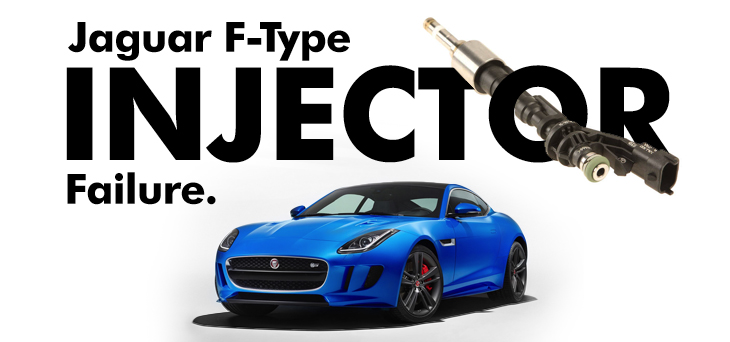
It is not uncommon for the sonorous Jaguar F-Type Jaguar with either the V6 AJ126 engine or the V8 AJ133 engine to suffer misfires or other problems associated with GDI (Gasoline Direct Injection) injector failure. When an injector fails in the F-Type Jaguar it requires removal with special tools and the labour time to affect a repair can become considerable as its common for these injectors to seize within the cylinder head. In extreme cases the cylinder head requires removal although a careful and considered approach to the repair, along with appropriate special tools, will normally alleviate this occurrence.
What is Gasoline Direct Injection, or GDI?
Gasoline Direct Injection (GDI), also referred to as petrol direct injection (PDI), is a fuel delivery system designed for gasoline internal combustion engines. In this system, fuel is directly injected into the combustion chamber, setting it apart from manifold injection where fuel is injected into the intake manifold.
Implementing GDI offers the potential to enhance engine efficiency, increase specific power output, and mitigate exhaust emissions. The first GDI engine was employed in 1925 for a low-compression truck engine. In the 1950s, certain German cars utilized a Bosch mechanical GDI system. Nevertheless, widespread adoption of the technology was limited until 1996 when Mitsubishi introduced an electronic GDI system for mass-produced vehicles. In recent years, GDI has gained swift traction in the automotive sector, with its usage in the United States surging from 2.3% of production for 2008 vehicle models to around 50% for 2016 models.
What common problem do GDI systems suffer?
- Fuel Dilution: Injectors in the combustion chamber can lead to fuel spray bypassing rings and entering the oil sump. This contaminates the oil, altering viscosity and causing wear on engine components. The result is increased consumption, reduced deposit protection, and quicker oxidation.
- Oil Vaporization: The high temperatures and pressures in GDi engines accelerate oil vaporization. Vapors moving through cooler engine areas condense, forming oil droplets that adhere to valves. Unlike traditional engines, these droplets aren’t removed by fuel, leading to valve coating and performance problems.
- Oil Evaporation: Elevated crankcase temperatures cause oil evaporation, concentrating the fuel. This affects oil viscosity, speeding up component wear and reducing the oil’s longevity.
- Carbon Build-Up: Valves no longer receive fuel, leading to carbon accumulation on injectors and valves. This obstructs fuel delivery and cylinder airflow, causing reduced power and fuel efficiency over time.
- Low-Speed Pre-Ignition (LSPI): LSPI occurs during low-speed, high-load conditions. Fuel droplets ignite before the spark plug fires, creating abnormal combustion. This raises engine pressure, potentially causing knock and significant internal damage.
Since these problems can manifest in as little as 3,000 miles, early detection and intervention are crucial. Neglecting them impacts performance, fuel efficiency, and can eventually lead to severe engine damage, necessitating costly repairs.
Why do the injectors on the Jaguar F-Type get stuck in the cylinder head?
Over time moisture builds up in the cylinder head and causes oxidisation of the aluminium where the injector seats. This is exacerbated by the placement of the bonnet cooling vents which allow water ingress into the engine bay immediately above the injectors.
Why do the Jaguar main dealers charge so much for a repair?
When an F-Type is presented to a Jaguar Main Dealer with a seized injector, there recommended course of action is to remove the cylinder head from the vehicle completely to allow better access to remove the seized injectors. This is a very labour-intensive job, combined with a high labour rate it soon accumulates to a significant bill.
There are special tools available on the internet to help remove injectors, do these work?
The tools that are available on the internet are essentially modified slide-hammers which clamp the tip of the injector and allow a sudden force to be applied at the required awkward angle. If the injectors aren’t seized its possible that injectors can be removed successfully but it’s often the case that these tools are inadequate. Additionally, it’s very easy to break an injector whilst using these tools due to the way they clamp the very tip of the long, delicate part.
If an injector snaps, will the cylinder head require removal?
Not necessarily. Its true to say that the injectors are awkward to get to and further special tools are required to extract a broken injector but it is often still possible.
What else can go wrong?
When the injectors fail, they can remain in their open state. This pumps fuel through the engine, washing the bores and potentially damaging the delicate exhaust catalyst. Regular routine maintenance and regular oil change are imperative to ensure the longevity of GDI engines.

Recent Comments